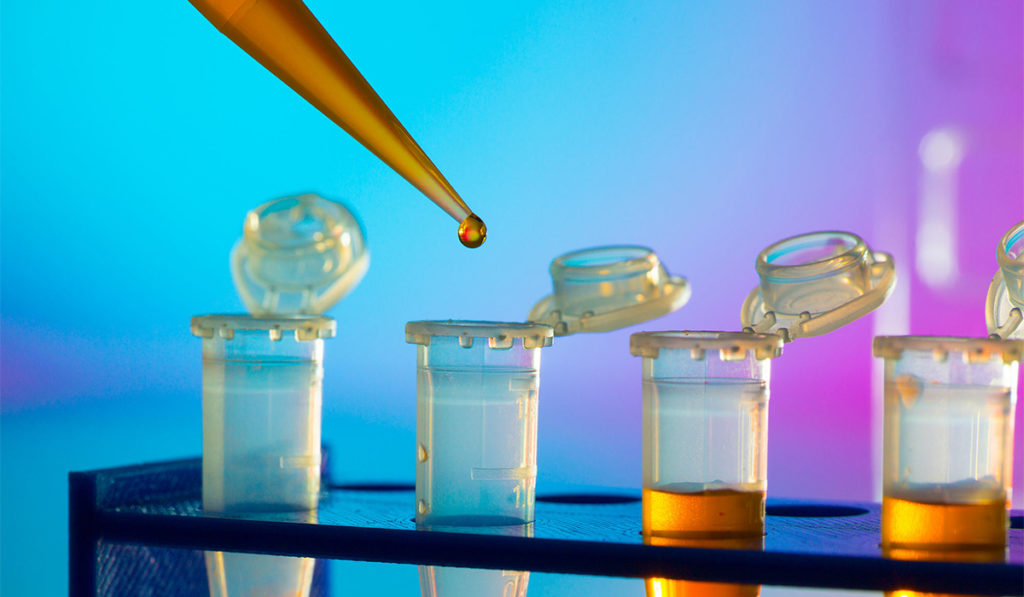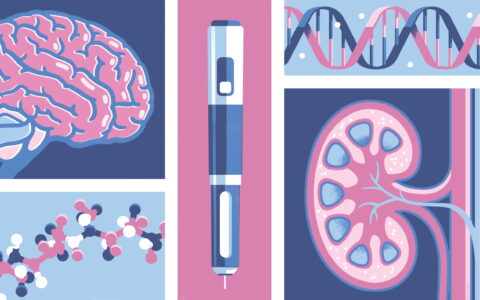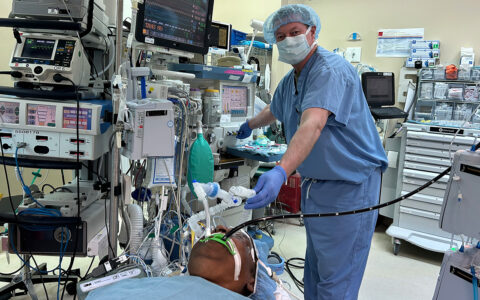Proteinuria shortly after an episode of acute kidney injury (AKI) is strongly associated with increased risk of future kidney disease progression, according to a recent study published in JAMA Internal Medicine.
The study suggests a simple urine test might help identify patients at the highest risk for further kidney dysfunction, said senior author Edward Siew, M.D., a nephrologist at Vanderbilt University Medical Center.
“We found proteinuria to be a valuable risk-stratification tool in the post-AKI period. There should be more widespread and routine quantification of proteinuria as part of the overall assessment of kidney health after an episode of hospitalized AKI.”
“There should be more widespread and routine quantification of proteinuria as part of the overall assessment of kidney health after an episode of hospitalized AKI.”
Understanding AKI
Acute kidney injury is increasingly common in the hospital, though many patients are unaware of its risks. Previous work by Siew and others describes how a single AKI episode is associated with higher rates of chronic kidney disease, cardiovascular events and other complications.
“Rates of acute kidney injury are growing, along with the number of people who leave the hospital after experiencing it. Some of these people will be at higher risk for further loss of kidney function,” Siew said.
In the new study, Siew and researchers across four study sites sought a simple way to quantify a person’s risk of developing loss of renal function post-AKI. The work is part of the broader Assessment, Serial Evaluation, and Subsequent Sequelae in Acute Kidney Injury (ASSESS-AKI) trial that is also evaluating cardiovascular outcomes. Talat Alp Ikizler, M.D., Catherine McLaughlin Hakim Chair in Vascular Biology, joined Siew as a co-author on the study and is also site principal investigator for the ASSESS-AKI trial at Vanderbilt.
A Five-year Follow-Up
The researchers prospectively analyzed data from 1,538 adult patients, half of whom experienced AKI during hospitalization. They measured urine albumin-to-creatinine ratios (ACRs) three months post-discharge and calculated estimated glomerular filtration rates (eGFRs).
Approximately five years later, 138 patients had developed kidney disease progression – defined as a halving of eGFR or end-stage renal disease.
Higher urine ACR was associated with an increased risk of kidney disease (hazard ratio of 1.53 for each doubling), and urine ACR was a strong discriminator for future kidney disease progression. After incorporating other clinical risk factors (eGFR, blood pressure and demographics), ACR was able to further discriminate and predict the risk of future kidney disease.
Call to Action
Although protein levels in urine are a known indicator of kidney disease and commonly measured in other clinical settings, Siew says they are seldom measured after AKI, omitting a key piece of a patient’s overall kidney health. Failing to measure urine protein levels also hinders the opportunity to reduce proteinuria through targeted therapies.
The results support more routine proteinuria assessments in patients who experience AKI.
Said Siew, “As most AKI patients follow up with their primary care physicians, these findings inform the broader medical community that including a simple, low-cost measurement of urine protein levels in the assessment of kidney function in the aftermath of an AKI episode can help identify those at highest risk, guide appropriate referrals and hopefully reduce these risks.”
“A simple, low-cost measurement of urine protein levels in the assessment of kidney function in the aftermath of an AKI episode can help identify those at highest risk.”




